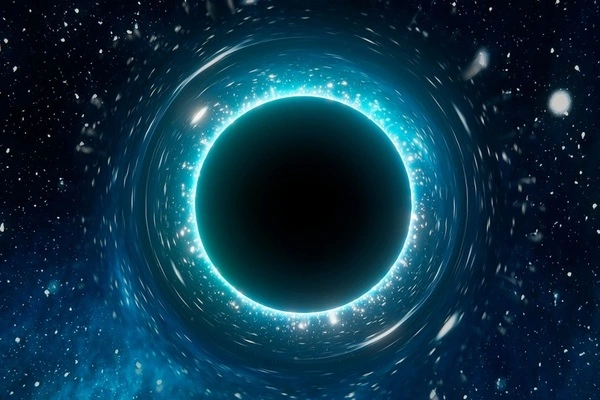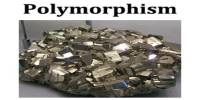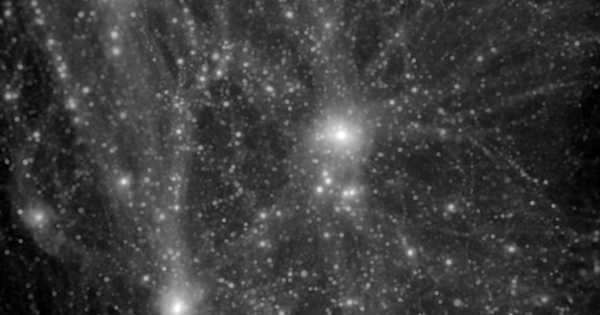People online have been captivated and, to be honest, frightened by an audio sample that NASA just posted. Exactly what did NASA share? Oh, there was simply the unsettling sound of a black hole. Yes, it’s quite spooky.
However, the agency’s Exoplanets Twitter account recently uploaded the audio clip again, and it’s blowing people’s minds. NASA actually released the sonification of a few black holes for Black Hole Week back in May. The idea that there is no sound in space is contested by the fact that we can hear what a black hole sounds like.

The Perseus galaxy cluster’s black hole has been connected to sound since 2003, according to the space agency. At that time, astronomers discovered that pressure waves emitted from the black hole might be converted into musical notes by causing ripples in the heated gas of the cluster. Humans, however, couldn’t hear it because it was 57 octaves below middle C.
This enormous black hole is located at the center of the Perseus cluster, a collection of galaxies engulfed in hot gas and more than 200 million light-years from Earth. This gas made it possible to sonify this black hole, which is the process of turning astronomical data into music, however it was done in a novel method.
It makes use of actual sound waves that were found in Chandra X-ray Observatory data. The myth that “there is no sound in space because space is a vacuum” is founded on the notion that there is no medium for sound waves to pass through, according to NASA. But for sound waves, a galaxy cluster with a lot of gas encasing its inhabitants is perfect.
These hitherto undiscovered sound waves were recovered by scientists, who then scaled them up by 57 and 58 octaves to make them audible to humans. They are also being heard between 144 and 288 quadrillion times above their initial frequency, according to NASA.
Of course, not everyone is impressed by this amazing mechanical achievement that gives us another look at these enigmatic objects.
















